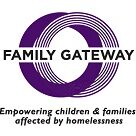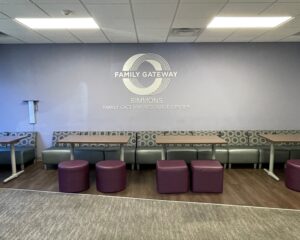Assessment & Diversion
Our Assessment & Diversion team works to find alternatives to shelter for families with children experiencing homelessness. This practice is called diversion. Examples of diversion include landlord mediation/eviction prevention and family reunification.
Diversion is a national best practice for the prevention of homelessness. This practice avoids the trauma of homelessness for families by helping them identify immediate alternative housing arrangements and by connecting them to services and financial resources in the community.
As a result of the implementation of this practice, we act as the access point in Dallas and Collin Counties for families with children experiencing or near homelessness. This means we answer Homeless Crisis Helpline calls for all families, assess each family for needs, and determine the appropriate intervention, conserving shelter beds and assistance for those who truly have no resources of their own and no options other than their car or the streets.
Simmons Family Gateway Resource Center
In order to manage our tremendous growth, we operate the Simmons Family Gateway Resource Center for all non-shelter services. Our high-volume Assessment and Diversion practice is housed here at a neutral location for easier triage to all family-serving shelters. Supportive housing case managers and administration also office at the Simmons Family Gateway Resource Center. By moving non-shelter services to this location, we have increased our shelter capacity by adding beds to what was previously used as office space. Thank you to the Harold Simmons Foundation and an anonymous donor for helping us expand our services to assist more families than ever before.
In 2023, we…
- Pre-screened 5,628 callers through the Homeless Crisis Helpline to determine service eligibility.
- Identified 3,185 families as literally or imminently homeless; this is an estimated 7,962 children.
- Diverted approximately 1,211 families from shelter.
- Triaged approximately 872 families into shelter. 73% of these families were served in our emergency shelter or hotel overflow program.

